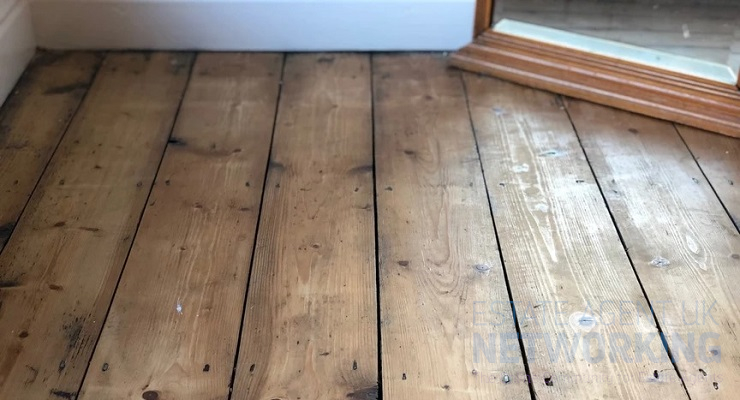Common timber concerns when buying or selling property
Whether you’re an experienced real estate agent or have just started on your property investment journey, everyone knows that being able to accurately gauge the value of what you’re buying or selling is important. Whilst market value and recent sales figures are obviously the first step to take, the more challenging aspect of investment is the identification of issues that could damage the value of the property you’re purchasing or selling.
Buildings are complicated structures that can encounter a plenty of different issues from crumbling bricks to damaged slate roofs, which makes checking for potential problems much more difficult. Whilst it’s always advisable to get a professional surveyor to investigate your property, there is no harm in learning some of the tell-tale signs that you can look out for during your investigations.
In particular, we will focus on timber-related issues because these are some of the easiest to identify (and most problematic if left unaddressed).
Woodworm
Woodworm is a term used to refer to the larvae multiple different wood-boring insect species. The usual culprit of woodworm issues is the Common Furniture Beetle, though there are multiple different beetles that operate in a similar fashion but require a different type of treatment to be dealt with effectively and safely.
In general, woodworm is usually more of an aesthetic issue than a structural one, though it depends on the specific scenario. Woodworm is easy to identify by locating small 1-2mm holes in the surface of the wood or, when cut away, observing tunnels underneath the surface of the material. If any sawdust-like remains are found on or next to the wood, this can also indicate a woodworm infestation.
Depending on the size of the infestation and the species of beetle, woodworm can cause serious structural weaknesses and even collapse, so always have a property professionally surveyed before buying or selling if you see any potential woodworm signs.
Damp
Damp is one of the worst threats to both property safety and value. One of the major issues with damp is that it often contributes to other issues as well as looking ugly itself. For example, woodworm generally occurs wood that is moist as opposed to dry, so if your home is continually damp or suffering with moisture concerns then there is an increased chance of having woodworm problems too.
Furthermore, continually damp areas of a property are the perfect breeding ground for black mould which is extremely noticeable, making it a big concern if you’re looking to sell. On top of the unattractiveness, black mould can also have an effect on health, with almost 50% of all asthma sufferers mentioning that fungi and mould can trigger a reaction.
Fortunately, the black mould tends to be quite easy to identify and after identification, it’s easy to find a local damp specialist who will help confirm the cause of the problem and address it before moving forward. Alternatively, if you’re buying the property, it’s advisable to avoid any prospects that display damp issues, unless you’re ready to make an investment in addressing the concerns after your purchase.
Termites
We will briefly touch on termites because they aren’t such a common issue in British properties, but they can wreak havoc if left alone. Identifying a termite infestation is usually quite simple; if the termites aren’t visible themselves then you can check any suspected wood for tunnels, cracking, damage or if the infestation is extensive, you may even find a completely hollowed out area. If this is the case, a surveyor should absolutely be called to ascertain the extent of the issue.
When investing or selling a property, keeping an eye out for these issues is guaranteed to give you increased safety and value for your money. It’s always better to be safe than sorry after all. Hopefully this helps!









